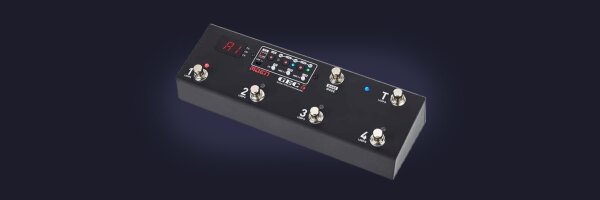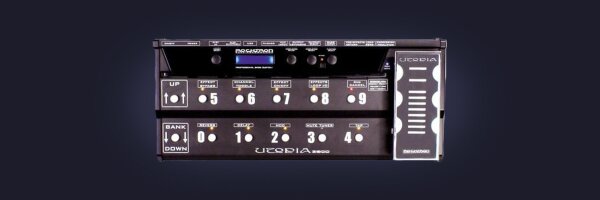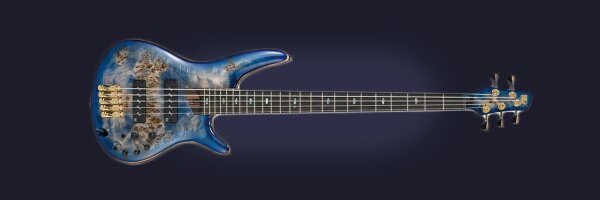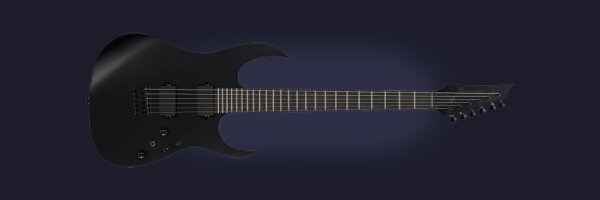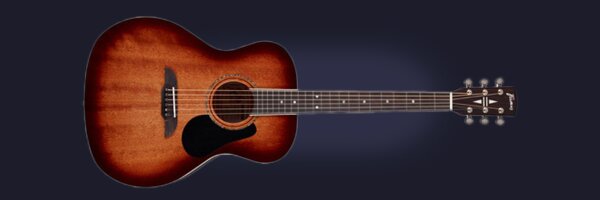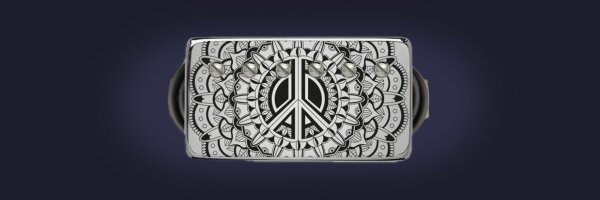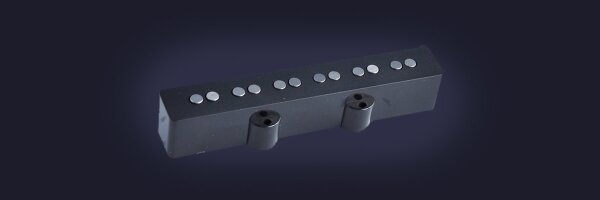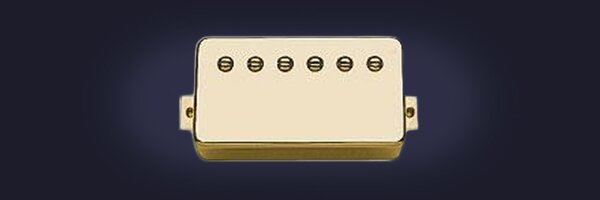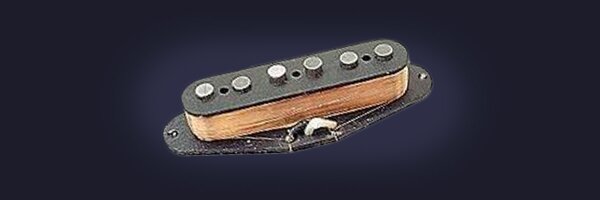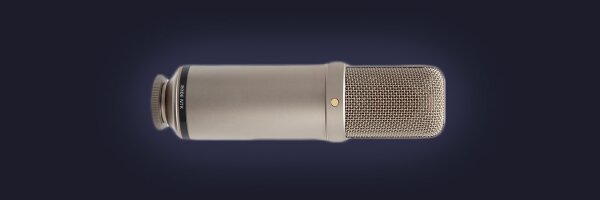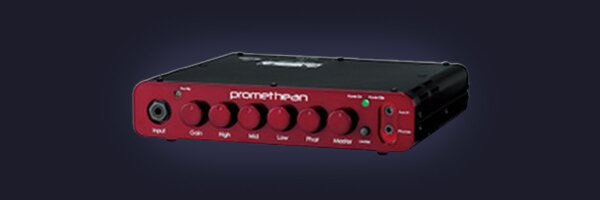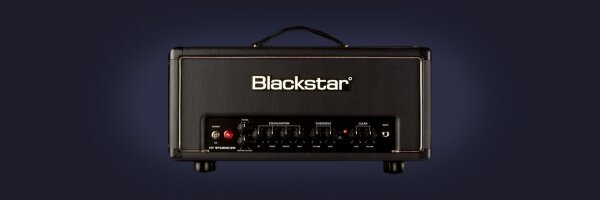1967 entworfen um Hendrix neue Farbgebung in seinem Ton zu geben. Der Name kommt vom Song „Axis, bold as love“ bei dem dieses Pedal zum Einsatz kam. Auch auf der „Band of Gypsies“ Aufnahme hört man ganz deutlich dieses Pedal. Es ergibt einen Ton mit viel Tiefen und durchdringenden (aber nicht scharfen) Höhen. Das Pedal hat mehr Sustain und ein höheres Ausgangssignal als das Classic Fuzz, es ist wunderbar für Akkorde und Riffs. Der Sound wird weniger dreckig wenn das Volumen an der Gitarre zurückgedreht wird, der Charakter der Gitarre bleibt hörbar.
Electronisch gesehen ist das Axis Fuzz total verschieden vom eher rauen Classic Fuzz.
Bei dem Axis Fuzz werden sowohl PNP als auch NPN Silicon Transistoren in einer einzigartigen Konfiguration angewendet, das frei ist von temperatursabhängigen Schwankungen.
21 Centimeter x 15 Centimeter. True Bypass, 9 Volt Batterie 150 Stunden
"Excellent sound quality. Provides thick, rich fuzz for chords at lower
volume setting (around 6-8) and great sustain drenched in fuzz for solos at
higher volume settings (8-10). I've got a couple of old Arbiter Fuzz Faces,
and this sounds some like they do, but with more gain and sustain along with
more overall "tone"."
Michael Gilreath (internet -96)

Electronically the Axis uses a discrete circuit configuration that is completely unlike the simple and crude Fuzz Face configuration. Both PNP and NPN silicon low noise transistors are used in an unique configuration that is temperature stable, free from radio interference and producing more output level and sustain than the Classic Fuzz. It produces a distinctive rich-biting sound that makes solos extremely noticeable but not thin sounding and weedy like so many popular mass marketed effects. The unit has a high input impedance to keep the guitars character and quality of tone whist providing great sustain. It is definitely best described as fuzz rather than distortion but has the ability to be used on chords as well as solos
, ,

